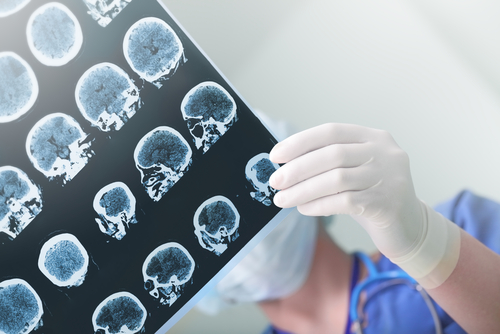Marinus Pharmaceuticals recently reported that their drug candidate ganaxolone, developed for adults with drug-resistant focal onset epilepsy, did not meet the primary endpoint in a Phase 3 clinical trial. The trial demonstrated no significant difference in seizure frequency between people taking ganaxolone and those taking a placebo.
Consistent with findings from previous studies, ganaxolone was found to be generally safe and well tolerated.
Marinus is expected to discontinue the ganaxolone program in adults with drug-resistant focal onset seizures and instead focus its efforts on the drug for status epilepticus, a condition in which seizures follow one another without recovery of consciousness in between.
“We are disappointed with the outcome of this study, and the unfortunate impact on the epilepsy community and particularly the patients suffering from drug-resistant focal onset seizures who are benefiting from ganaxolone treatment,” Christopher M. Cashman, CEO of Marinus Pharmaceuticals, said in a press release.
“We remain confident in the safety profile of ganaxolone and its ability to effectively reduce seizures in targeted patient populations. We are committed to building our ganaxolone franchise and are confident in the potential of ganaxolone in the treatment of status epilepticus and pediatric orphan seizure and behavior disorders. We will provide an update in the upcoming weeks on our clinical programs in these indications,” Cashman said.
The randomized, double-blind, placebo-controlled Phase 3 clinical trial was conducted at 61 different sites in the U.S., Europe, and Russia. It involved 359 participants who were randomly assigned into two treatment arms. Each treatment arm received either ganaxolone 1,800 mg/day (179 patients), or an identical-looking placebo (180 patients). Following a 12-week treatment period, the results showed no statistically significant difference in seizure frequency between the two groups (21.28 percent with the drug vs. 10.25 percent with the placebo).
In terms of safety profile, ganaxolone was generally safe and well tolerated with no disparity between treatment groups in the number of patients experiencing serious adverse events (5 percent vs. 5.1 percent). The most common adverse events, mainly mild in severity, reported at superior proportions than placebo were sleepiness (23.5 percent vs. 4.5 percent), dizziness (19.6 percent vs. 4.5 percent) and fatigue (11.7 percent vs. 6.8 percent).
“While we did not see the incremental efficacy at a higher dose that we were hoping to achieve, ganaxolone continued to display a good safety profile — a key attribute for the product’s future development,” said Dr. Albena Patroneva, chief medical officer of Marinus Pharmaceuticals. “We will leverage the findings from this study in the conduct of our ongoing and future studies in pediatric orphan indications and status epilepticus.”
Ganaxolone acts on a well-characterized synaptic and extrasynaptic GABAA target known for antiepileptic (anti-seizure) and anxiolytic (anti-anxiety) activity that has been shown to be an effective anticonvulsant by restoring electrical balance to the seizing brain.


